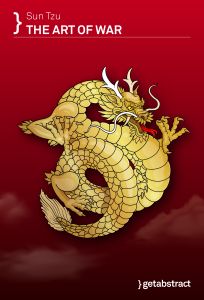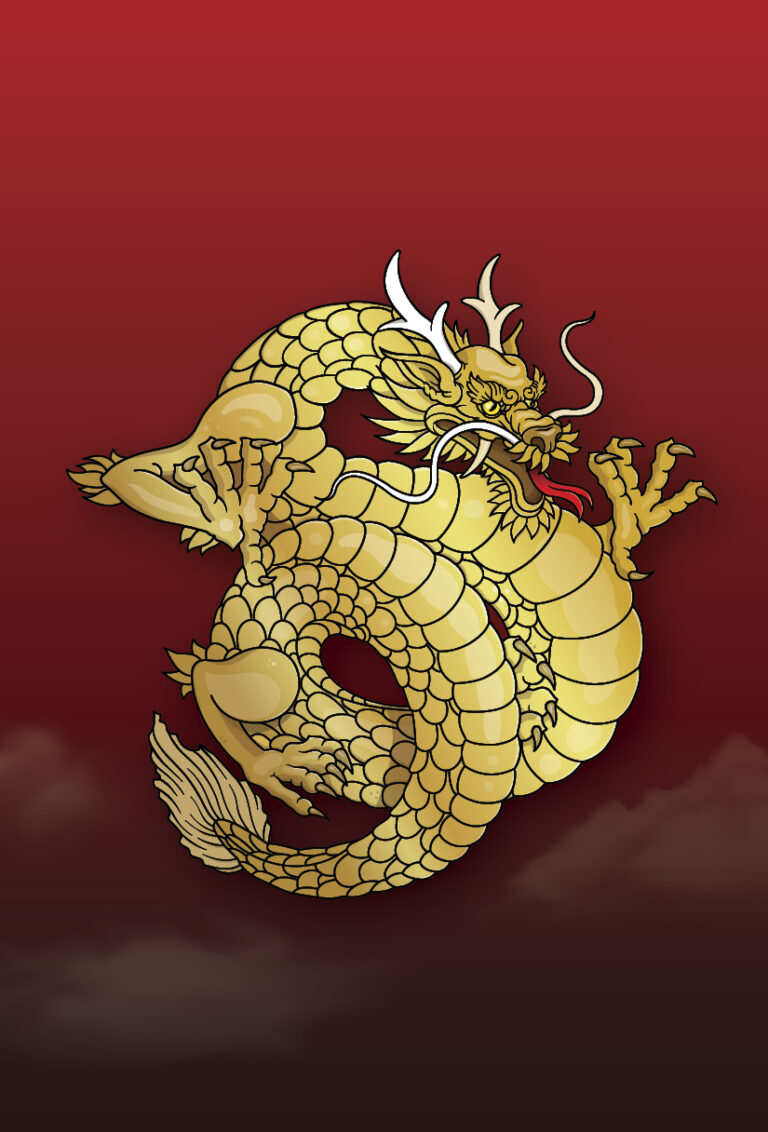
The Art of War
- strategy
- Zhou Dynasty
What It’s About
Sun Tzu, Superstar
Napoleon is said to have carried The Art of War booklet along on his campaigns, Henry Kissinger was deeply impressed with it and Vietcong officers learned it by heart. It’s required reading for Japanese managers, CIA staff and even Brazilian soccer players. The 2,500-year-old aphorisms by the Chinese military strategist Sun Tzu are more popular than ever and as easy to consume as bite-sized chocolates. Chinese authorities have been happy to use their ancient general as proof of their commitment to being a peace-loving soft power. Rightly so? Sun Tzu calls for reducing the losses on both sides as much as possible when fighting for power and loot. A wise general thwarts his opponent’s strategy through cunning and deceit, sets his best spies on the enemy, and treats his own men like simpletons. It remains doubtful as to whether this works as a model for modern executives or team captains; too many bonbons can have unpleasant side effects. Yet reading The Art of War offers a unique insight into the Chinese soul and way of thinking – then as well as today – and encourages people to search for creative solutions to their challenges.
Summary
About the Author
Sun Tzu (also Sun Zi) was long thought to be identical with the noble Chinese general Sun Wu (Wu meaning “warlike” or “martial”), who was born around 500 BC in Eastern China. Later, in his Records of the Grand Historian, the historiographer Sima Qian (circa 145–86 BC) tells the story of how Sun Wu proved his military prowess by teaching the 180 concubines of King Helu how to become soldiers. When two of the king’s most favored concubines didn’t take their jobs as company commanders seriously enough, Sun Wu reportedly had them executed, despite the king’s protests. He then told the mourning king that the concubine army would now walk through fire and water for him. Yet about 1,300 years after this anecdote was published, doubts about Sun Tzu’s historical existence began to emerge. The name Sun Tzu consists of the family name Sun and the suffix Tzu (“master”) – an honorific that tended to be awarded by posterity only. Moreover, every chapter in the Chinese original begins with the formula “Master Sun said,” suggesting the co-authorship of different disciples and descendants. Finally, Sun Bin (Bin meaning “the cripple”) – presumably a great-grandson of Sun Wu – wrote a military treatise by the same title about 150 years after the estimated origin of The Art of War. Some scholars even think of both Suns as one and the same person. In any event, anachronisms and various linguistic styles in the text seem to suggest that different individuals complemented the work and adapted it to their respective concerns across the centuries.










Comment on this summary or Start Discussion